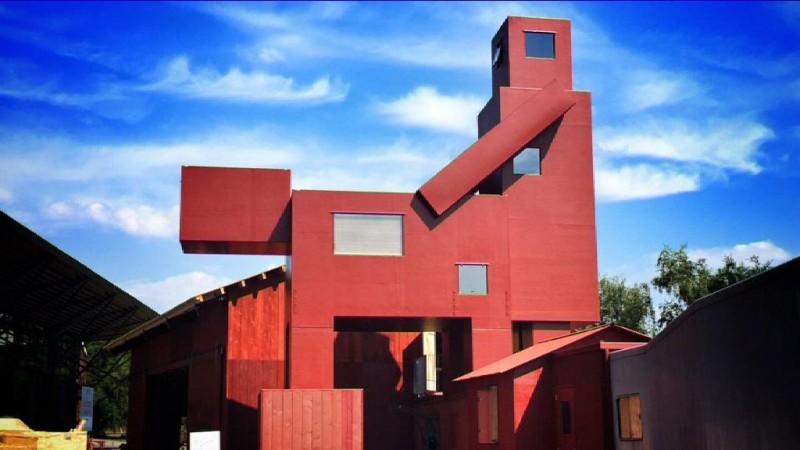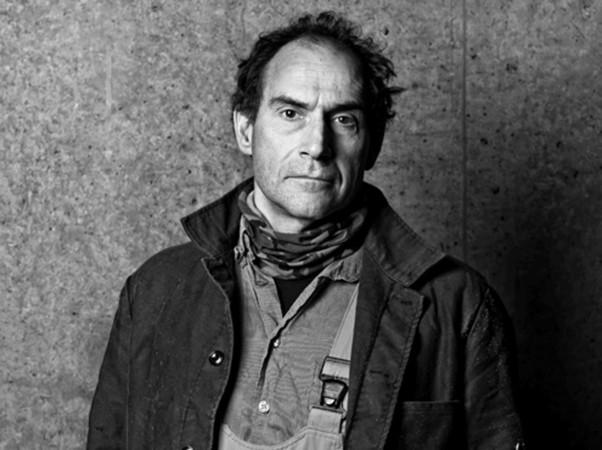
Dutch artiste Joep van Lieshout has said that the famed Louvre museum in Paris — the one where the famed Mona Lisa is kept — has refused to display an artwork of his at a plot near it because it is too "provocative."
The artwork in question is the Domestikator, which at first look appears to be two adjacent house-like structures, complete with windows, has been deemed too erotic by many, including the Louvre museum authorities.
Apparently, many see the geometric sculpture as "a red human figure appearing to penetrate a four-legged creature," leading it to be dubbed provocative. This, its creator has claimed, was never meant to be its original interpretation.
Moved from Louvre
Domestikator was supposed to be displayed at the 13th-century Tuileries Gardens next to the Louvre museum. It was to be part of the display put up on a month long exposition of modern art.
However, the Louvre did not deem it suitable for the consumption of all its patrons, a decision that seemed to have surprised the artist.
"I was surprised first of all, and then of course disappointed, because it (Louvre Museum) couldn't show the art work," van Lieshout was quoted as saying by Reuters TV. "I couldn't explain my ideas to (the) larger public," he added.
The artist also said in an update on his website: "Domestikator was always intended to be a catalyst for thought, as it addresses the very serious issue of how humans employ technology – with ingenuity, creativity, sophistication and persistence – to change the world into a 'better' place, often domesticating it in the process."
New home for sculpture
Since the Louvre snub, van Lieshout has found a new place to display his sculpture — the Pompidou Centre.
"After the Musée du Louvre decided the sculpture was too provocative for the Jardin de Tuilleries, the artwork will now be installed at the square next to the Fontaine Stravinsky," says an update on his website.

The update quoted the artist as saying: "I'm very pleased that the Centre Pompidou was able to see beyond the sensationalised interpretations of this work, and offered to present it during FIAC."
He added: "By exhibiting this work, the institution is not only allowing the public to properly experience its artistic and intrinsic values, but it also opens up a broader discussion about the current challenges and complexities in the relationships between artists, institutions, public, and press – and their subsequent impact on artistic freedom."








